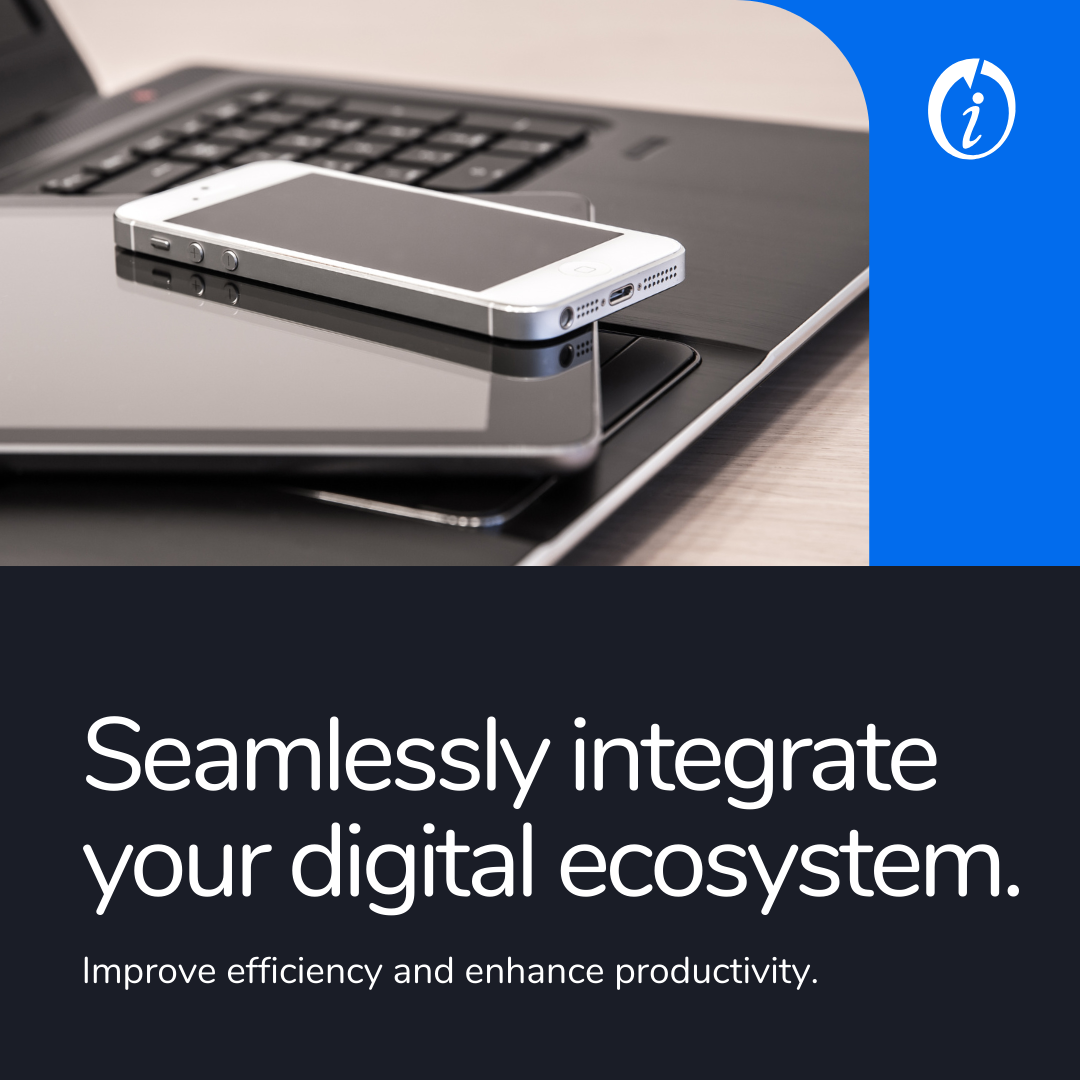

Posted on 2023-12-22

1. The Role of Software Integration:
Explain the importance of software integration in enabling different software systems to work together harmoniously. Discuss how integration eliminates data silos, improves data flow, and enhances collaboration across departments. Emphasize the impact of seamless integration on increasing productivity and optimizing business processes.
2. Understanding Application Programming Interfaces (APIs):
Introduce the concept of APIs and their significance in software integration. Explain how APIs act as intermediaries, allowing different software applications to communicate and share data. Describe the different types of APIs, such as RESTful APIs and SOAP APIs, and their use cases.
3. Benefits of Software Integration and APIs:
Highlight the key advantages that software integration and APIs offer to businesses. Discuss how integration enables real-time data sharing, enhances customer experiences, facilitates process automation, and promotes scalability and flexibility. Use concrete examples or case studies to illustrate the transformative impact of integration.
4. Implementing Software Integration:
Provide insights into the process of implementing software integration. Discuss the importance of conducting a thorough analysis of existing systems, defining integration objectives, and selecting suitable integration patterns and technologies. Address considerations such as data mapping, security, and performance optimization during the integration process.
5. Leveraging API Management Platforms:
Explore the role of API management platforms in simplifying the integration process. Explain how these platforms enable organizations to create, secure, and manage APIs effectively. Discuss features such as access control, rate limiting, analytics, and developer portals that aid in API governance and monitoring.
6. Common Integration Challenges and Solutions:
Address common challenges faced during the software integration journey and provide solutions to overcome them. Discuss issues like data inconsistency, system compatibility, and API versioning conflicts. Share best practices for error handling, data validation, and implementing effective testing strategies.
7. Integration Patterns and Architectures:
Discuss popular integration patterns and architectures such as point-to-point integration, hub-and-spoke integration, and event-driven architectures. Explain the advantages and considerations associated with each pattern, helping readers choose the most suitable approach for their integration needs.
8. Securing Integrated Systems and APIs:
Highlight the significance of security in software integration and API management. Discuss authentication mechanisms, encryption protocols, and access control strategies to ensure data privacy and protect against potential vulnerabilities. Stress the importance of staying up to date with security patches and regularly auditing integrated systems.
9. Monitoring and Performance Optimization:
Explain the importance of monitoring integrated systems and APIs to ensure optimal performance. Discuss techniques such as logging, error tracking, and performance testing to identify and address bottlenecks. Highlight the benefits of proactive monitoring in maintaining system reliability and identifying potential issues before they impact users.
10. Future Trends in Software Integration and APIs:
Offer a glimpse into the future of software integration and APIs. Discuss emerging trends such as microservices architecture, serverless computing, and the Internet of Things (IoT). Explain how these trends will shape the integration landscape and open up new possibilities for seamless connectivity.
Conclusion:
Software integration and APIs are the backbone of a connected digital ecosystem. By embracing integration best practices, leveraging APIs, and adopting robust integration strategies, businesses can unlock new levels of efficiency, productivity, and innovation. Keep pace with the evolving integration landscape, secure your systems, and monitor performance to ensure a seamless and reliable integrated environment that drives business success.